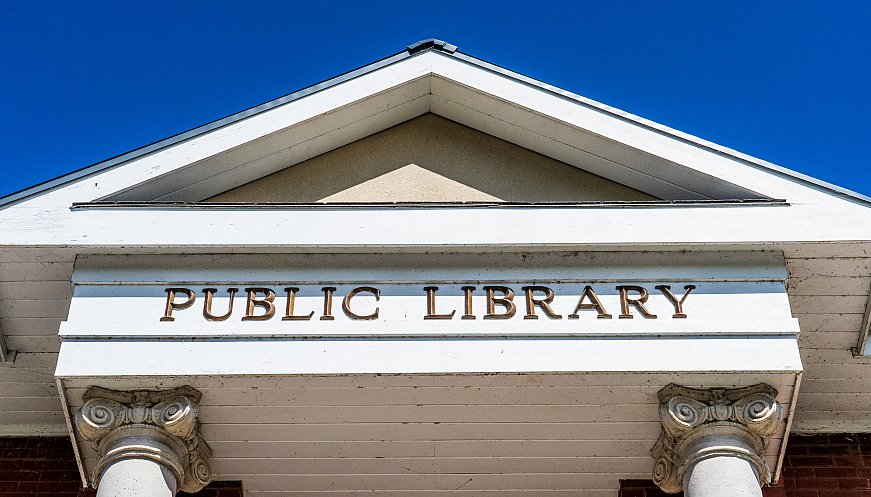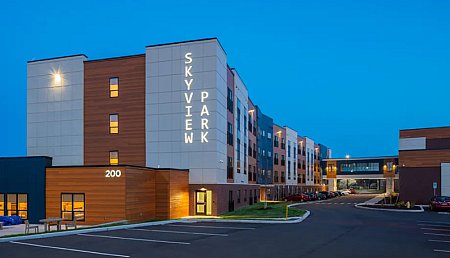 Photo: Chris Robert | Unsplash
Photo: Chris Robert | Unsplash
Libraries have long played a part in food security, distributing lunches to underserved students and helping patrons apply for nutrition assistance programs. The need for such services increased significantly during the pandemic, and it is about to reach new levels; with the end of the expanded Supplemental Nutrition Assistance Program (SNAP) benefits and the 10% increase in food costs over the last year, experts fear the US is approaching a “hunger cliff.” And libraries are stepping up. Almost half of the 17,496 libraries in the US have programs to distribute food to youth and nearly a third provide food to adults. Food justice programs, as these efforts are known, have included food pantries, seed banks, education programs addressing nutrition and cooking skills and “market bucks” to be exchanged for produce at a farmers market. “We’re going to have more and more people rely on food assistance programs who haven’t previously needed them. Libraries have an important role to play because we are trusted organizations where people are welcome, without barriers to entry and access,” said Margot O’Connell, adult services librarian at a public library in Sitka, Alaska.
More:














